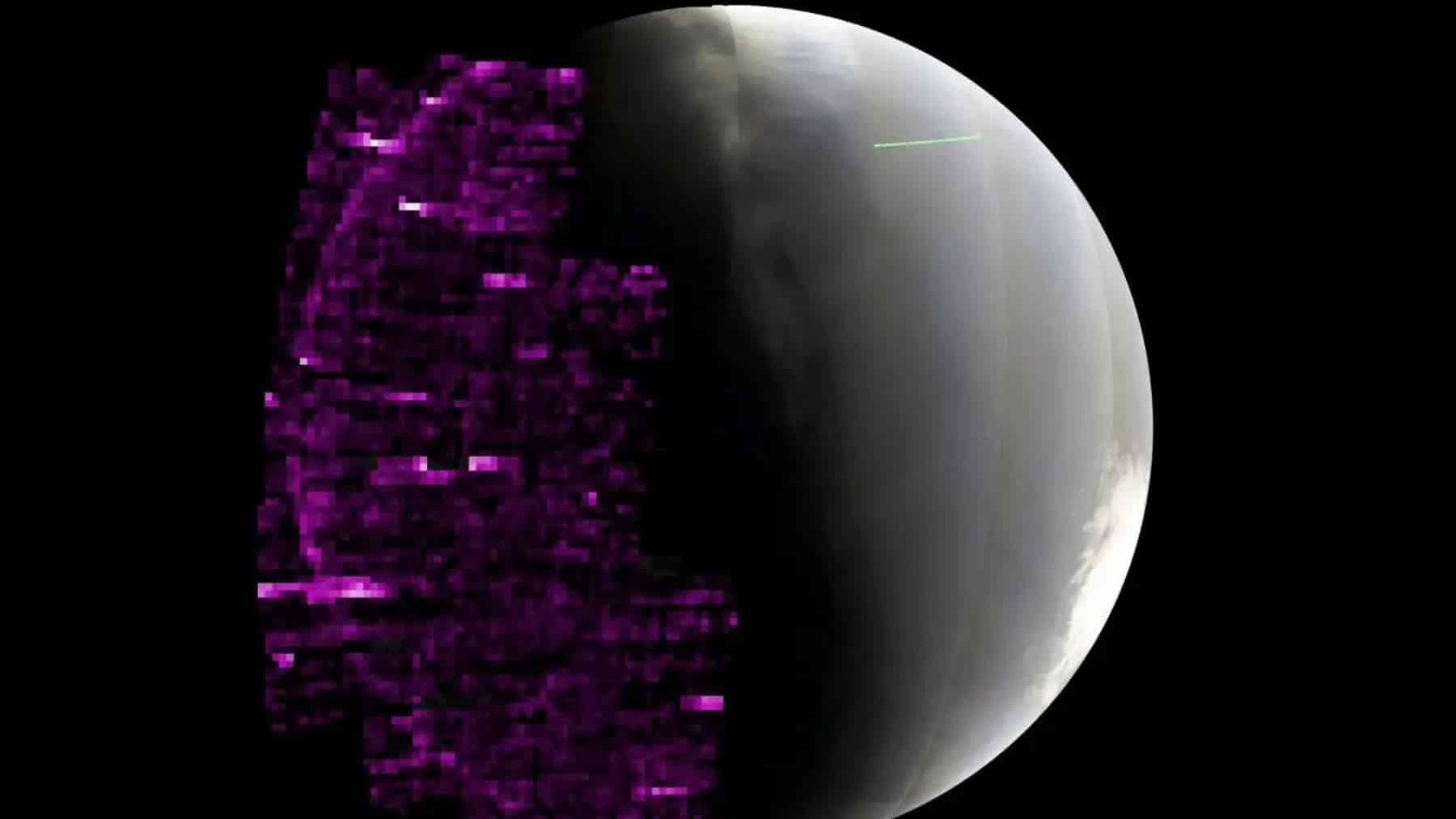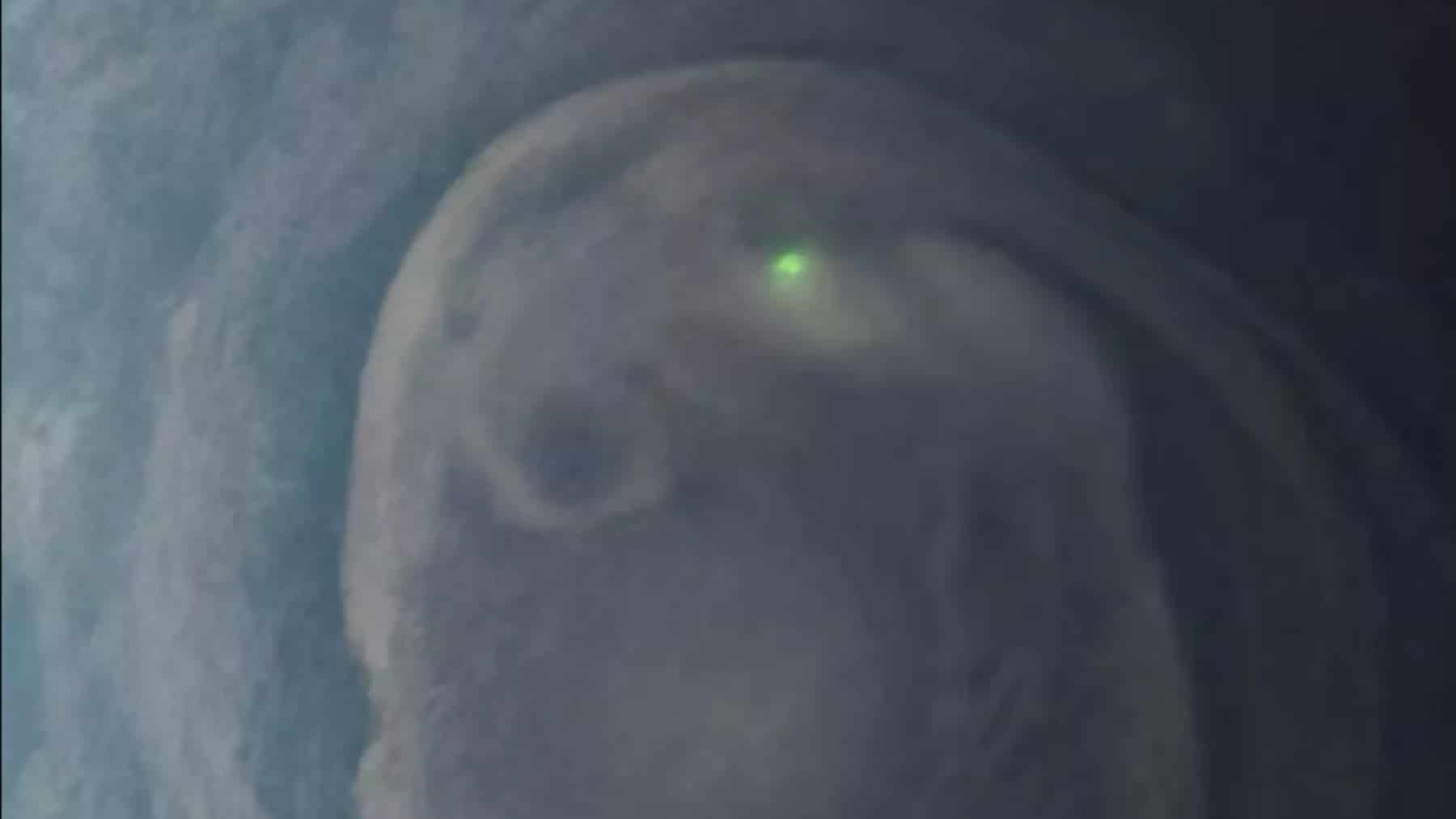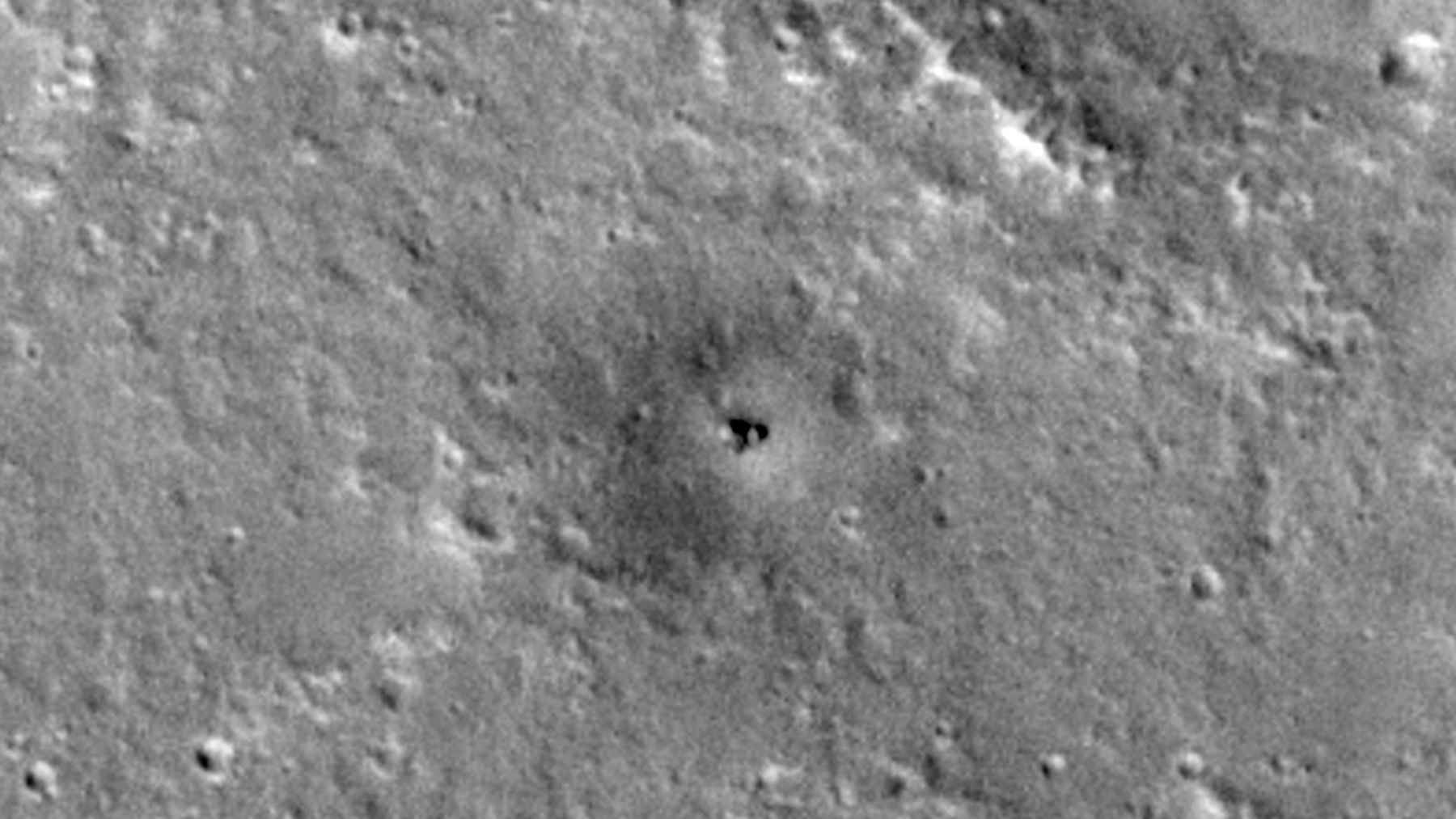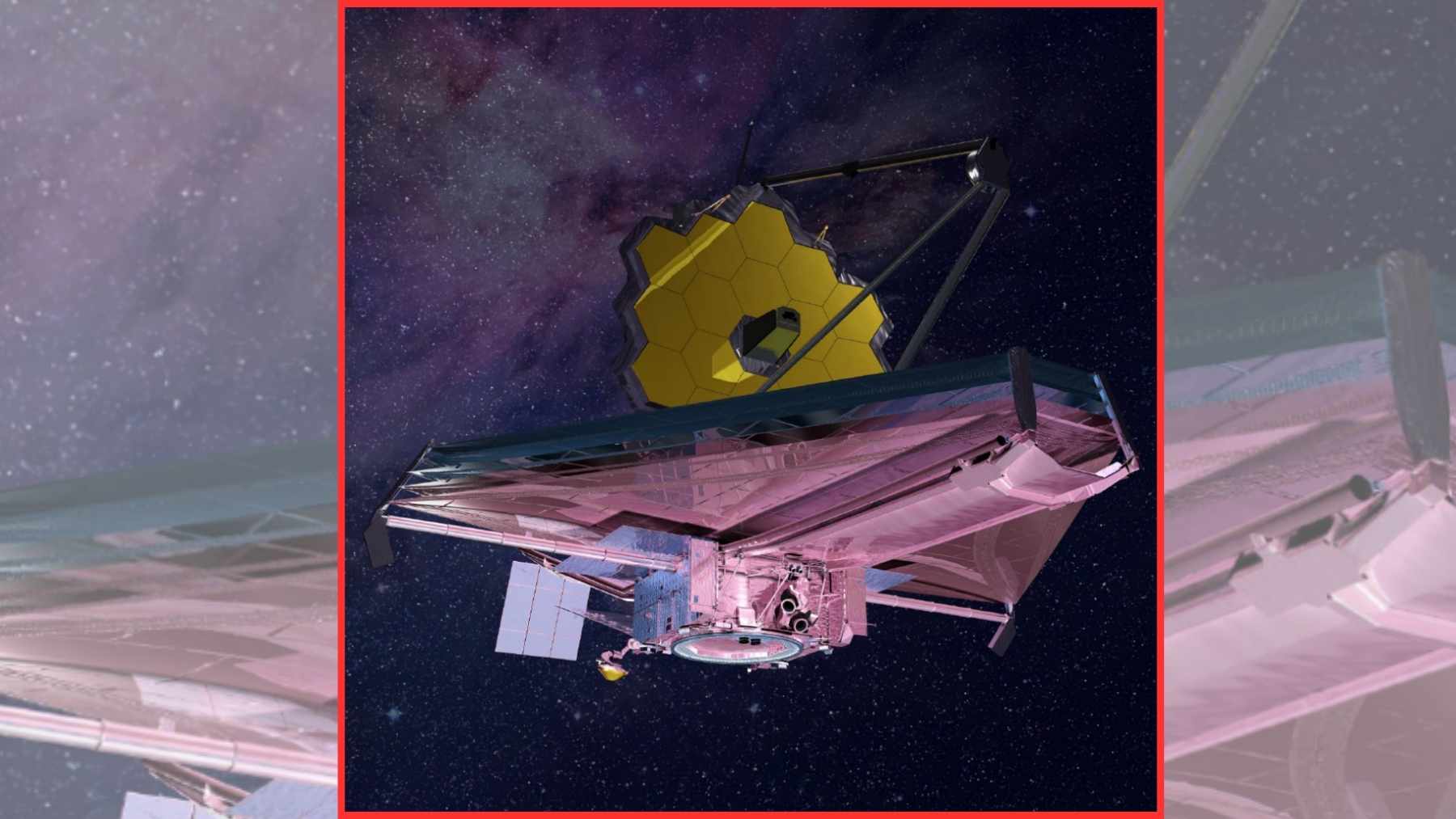About a year ago, in March 2024, NASA recorded another mysterious event coming from March. At first, it was called purple moving lights. However, a year and many analyses later, scientists were able to understand more deeply what these lights were and how they ended up affecting some perceptions we had about this planet.
Why did these purple ‘moving lights’ on Mars catch scientists’ attention?
To better understand what kind of phenomenon happened on Mars, we need to provide some context. On March 15, 2024, the Sun produced a solar flare combined with a coronal mass ejection, which is also a type of cosmic explosion, but which launches gas and magnetic energy into space, full of highly energetic particles.
I know you must be wondering what this has to do with the lights… and well, it has everything to do with it. When this type of event happens and is directed at a planet, it can trigger surprising phenomena in the atmosphere, and that’s what happened on the red planet.
It was only after carrying out some further analysis that scientists were able to confirm: the recorded phenomenon was, in fact, a visible aurora — the first one detected from the Martian surface.
This discovery was so surprising that Elise Knutsen, a postdoctoral researcher at the University of Oslo, commented:
“This exciting discovery opens up new possibilities for auroral research and confirms that auroras could be visible to future astronauts on Mars’ surface.”
How did NASA manage to capture the purple “moving lights”?
Even though scientists already knew that the Martian sky also had auroras, this was the first time they had captured a visible aurora. This is because before it was only possible to observe them using ultraviolet light, a light invisible to the naked eye, meaning we had never actually seen anything.
How did they manage to do this? Well, Knutsen’s team had to use very specific instruments like the SuperCam spectrometer and the Mastcam-Z camera on Perseverance.
So, does this mean we now have a high-resolution photo of the aurora on Mars? Not necessarily. This capture is a grainy portrait, reminiscent of an old TV screen when it lost signal.
Elise Knutsen explains this result:
“The photo was taken with an instrument not necessarily optimized for nighttime imagery, and so it isn’t like the spectacular aurora images we have from Earth. But hopefully people will appreciate the softly glowing green sky, regardless of the image being rather pixelated”.
Okay, but what does this mean for our knowledge about Mars?
It may seem that this discovery only served as a visual curiosity about Mars, but in fact, it meant much more. It impacted what we knew until then about the atmosphere and space weather on Mars.
We need to keep in mind that this phenomenon occurs differently on Earth, because here the auroras occur at the poles due to the magnetic field. On Mars, however, they appear more chaotically and in different regions of the planet.
By capturing a visible aurora, we can confirm that Mars responds dynamically to solar activity. In addition, even with a thin atmosphere, the planet can generate visible light when there is a collision of solar particles with atmospheric gases.
“Perseverance’s observations of the visible-light aurora confirm a new way to study these phenomena that’s complementary to what we can observe with our Mars orbiters. A better understanding of auroras and the conditions around Mars that lead to their formation are crucial as we prepare to send human explorers there safely”, concludes Knutsen about this milestone.
Well, Mars continues to surprise us. NASA recently confirmed that it had received a message from Mars, and experts have already decoded it.















